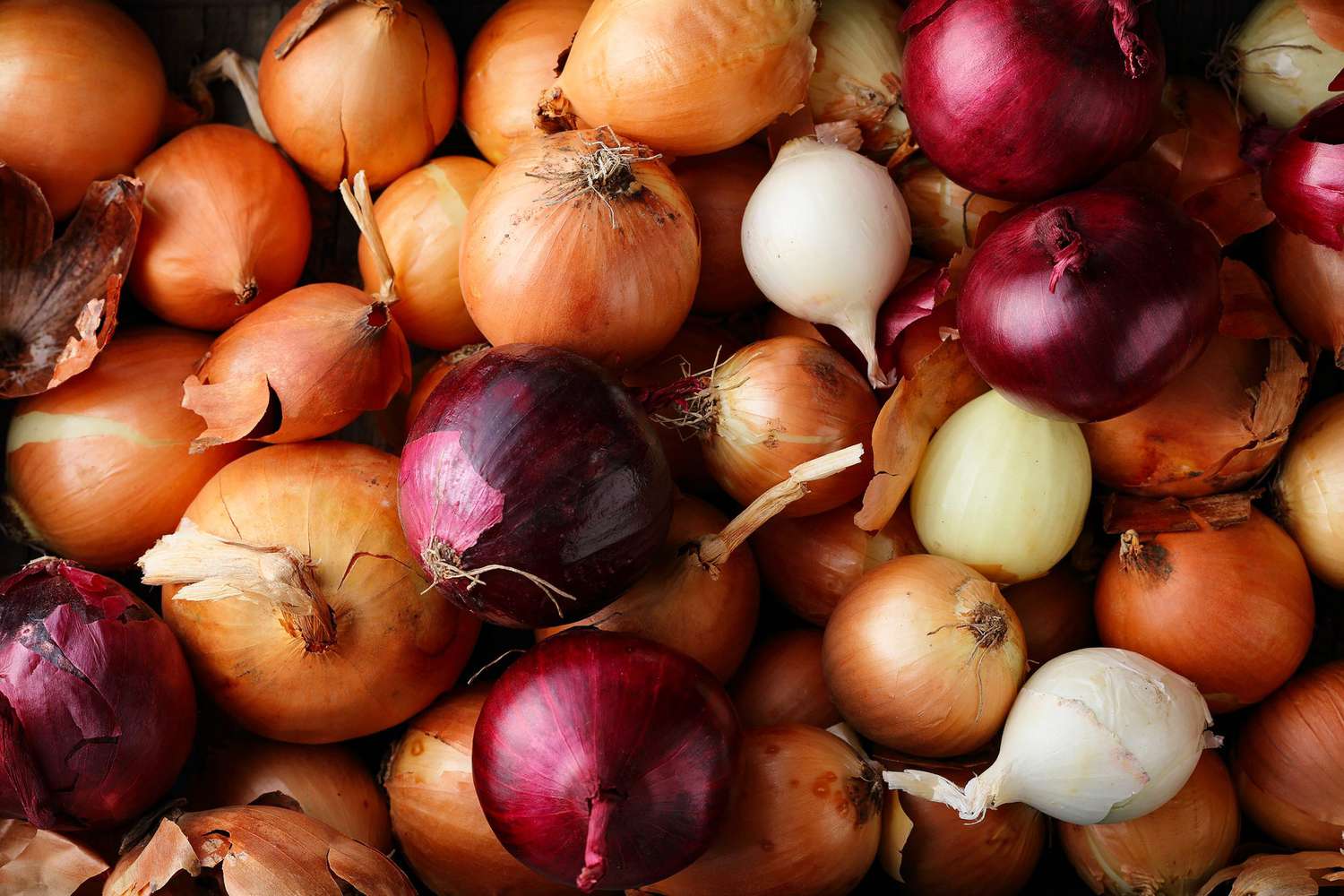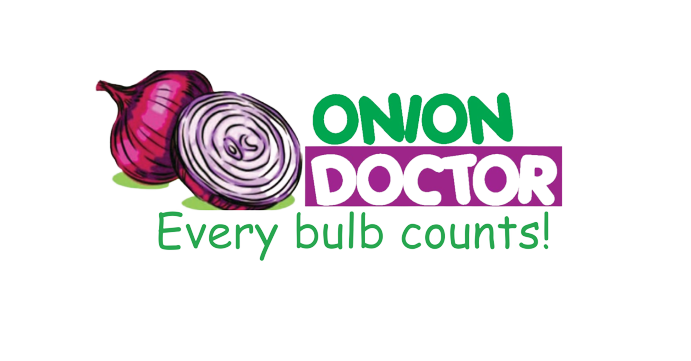Mastering Onion Farming in Kenya: A Comprehensive Guide with Onion Doctor's Expertise

Are you in need of in-depth knowledge on onion and garlic production? If yes, we are a call away. Our service chatter includes: Onion seedlings, Garlic seedlings, Farm planning services, Soil testing, Drip irrigation installation and maintenance, Agronomic support, Onion and Garlic value pack and Farm management. For free consultation, placing orders or booking a visit with an agronomist, please contact us via Call or what’s app +254703982228, Email: Info@oniondoctor.co.ke.
Unlocking success in onion farming requires careful consideration of various factors, from sunlight and soil quality to watering and harvesting techniques. In this guide, we'll explore the essential steps to cultivate thriving onions in Kenya, with a spotlight on Onion Doctor's expert support for smallholder farmers.
Optimal Growing Conditions: Onions thrive in full sun, well-drained soil rich in nitrogen. Choosing a sunny location free from shading by other crops is crucial. Raised beds or rows, at least 4 inches high and 20 inches wide, provide the ideal environment. Prioritize soil preparation by removing weeds, ensuring loose and crumbly soil. For optimal growth, onions need consistent feeding. At planting, incorporate compost and a high nitrogen fertilizer. As the bulbs develop, supplement with a high nitrogen liquid fertilizer, adhering to recommended rates.
Planting and Spacing: Planting rows 12-18 inches apart, with mature bulbs planted 4-6 inches apart and 1 inch deep, optimize bulb development. For green onions, space them 2 inches apart, harvesting some earlier and leaving others to mature. As the ground cracks, indicating the bulbing process, cease fertilization. Avoid heaping soil around bulbing onions, allowing a significant portion of the onion bulb to be above the ground as they mature.
Watering Strategies: Onions require about 1 inch of water per week, with regular watering essential, especially close to harvest. Shallow roots make consistent moisture crucial. Drip irrigation aids in meeting water needs and prevents foliar diseases. As bulbs mature and tops fall over, stop watering, allowing the soil to dry before harvesting.
Weeding and Mulching: Effective weed control, particularly early in the growing season, prevents nutrient competition. As onions bulb up, push mulch back for improved air circulation, ensuring healthy growth.
Harvesting Techniques: Maximize onion storage time by harvesting when the tops turn brown or yellow and fall over, ideally with around 13 leaves. Harvest in the early morning on a sunny day, shaking off excess soil. Sun-dry the onions for two days, preventing sunscald by laying the tops of one row over the bulbs of another.
Onion Doctor's Support: Smallholder farmers across Africa benefit from Onion Doctor's extensive services, offering quality and affordable onion and garlic seedlings, farm planning, soil testing, drip irrigation installation and maintenance, agronomic support, onion and garlic value packs, farm management, e-extension, and on-farm training. This holistic support ensures farmers optimize yields and maximize profits.
